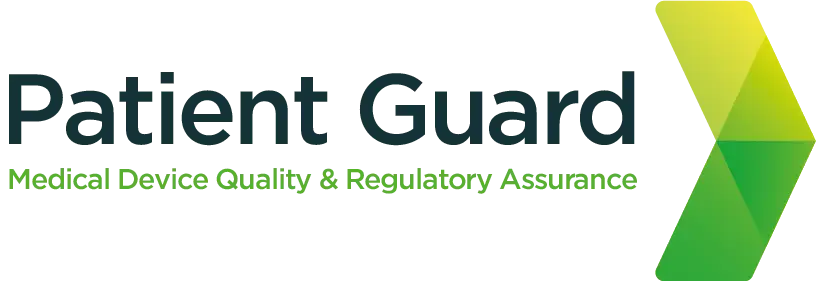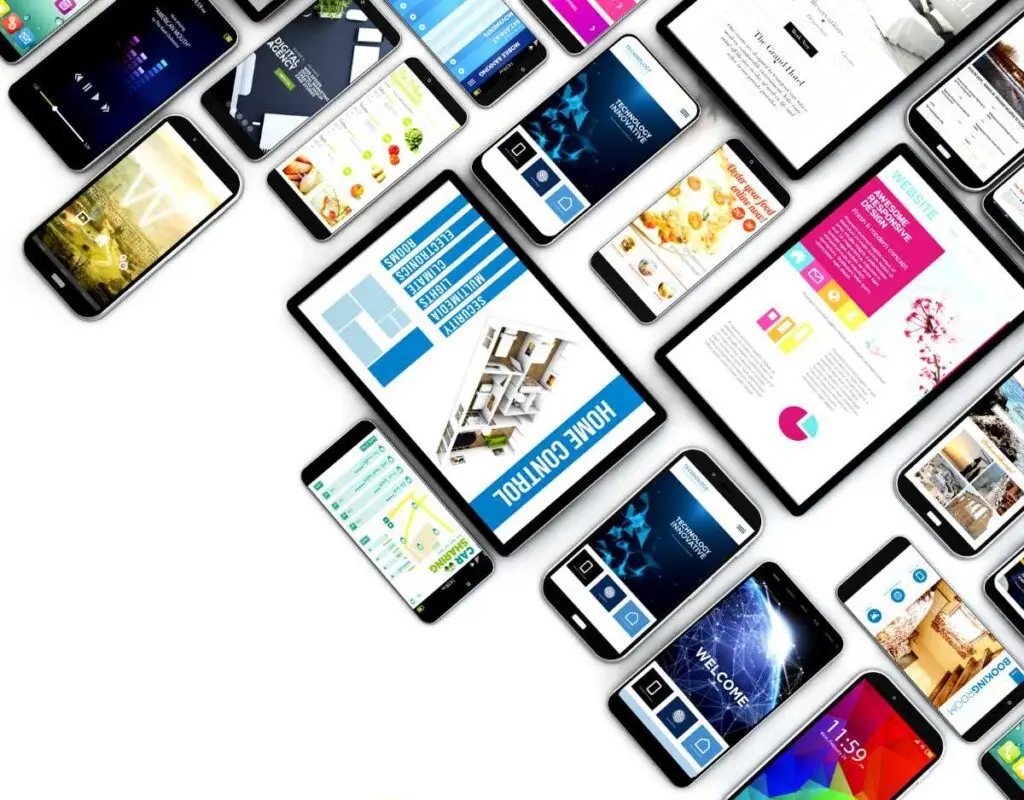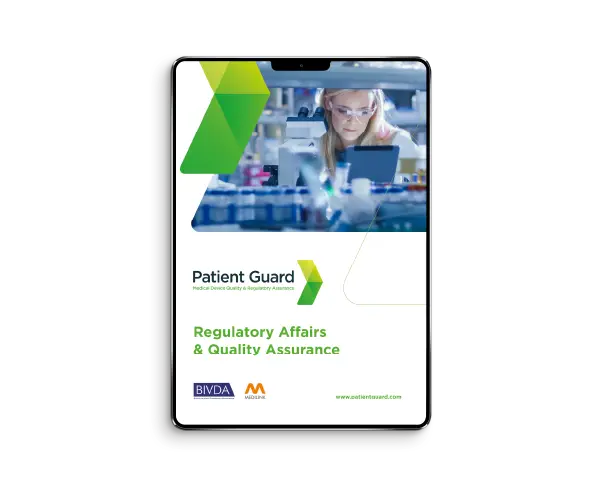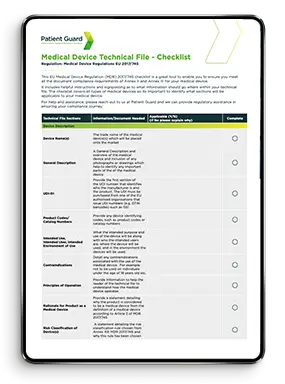Software as a Medical Device
Technology and healthcare intersect like never before, Software as a Medical Device (SaMD) has emerged as a revolutionary force in the healthcare industry. SaMD refers to software intended for medical purposes that can function independently of any physical medical device. As the healthcare industry embraces digital transformation, understanding the regulatory landscape and opportunities surrounding SaMD is crucial for developers, manufacturers, and regulatory professionals.
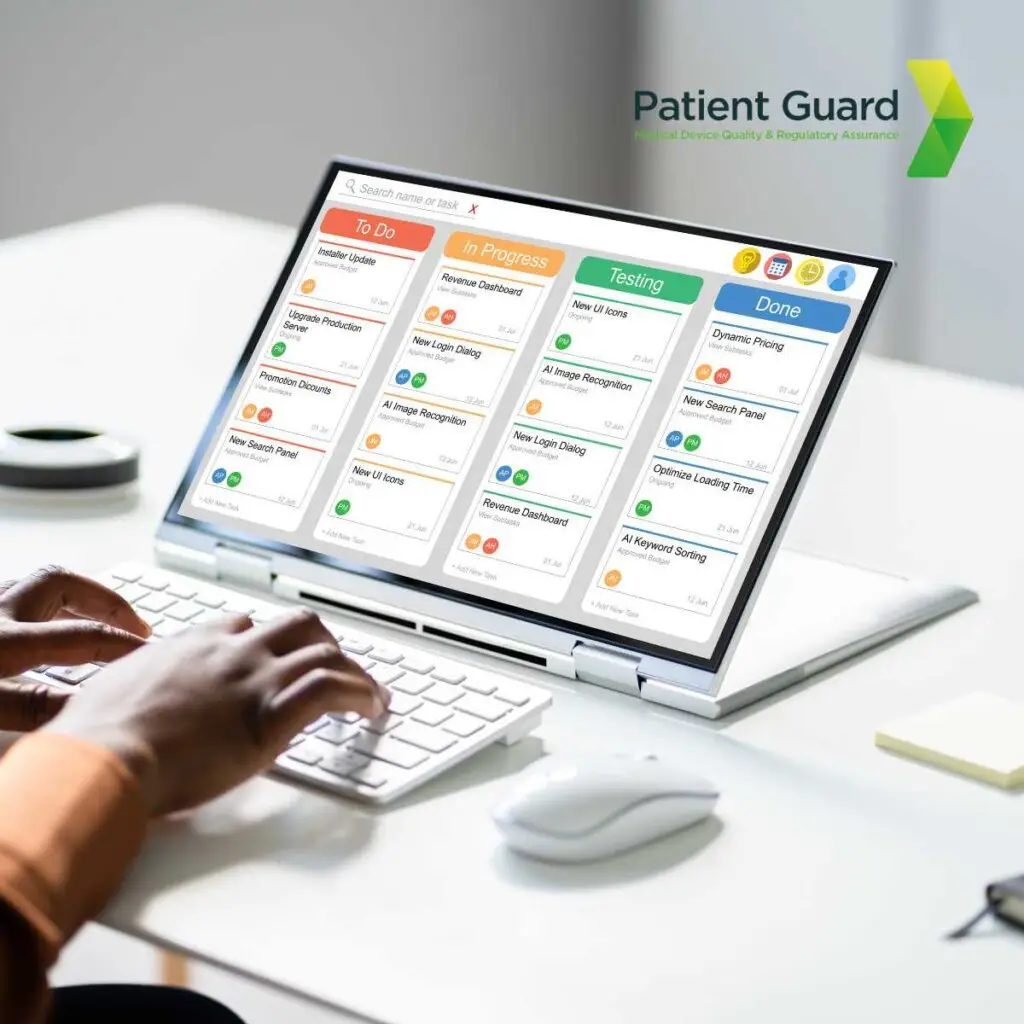
What is SaMD?
According to the International Medical Device Regulators Forum (IMDRF), SaMD is software designed to perform one or more medical functions without being part of a hardware medical device. Examples include:
- Apps that monitor chronic conditions such as diabetes.
- Software that analyzes medical images for diagnosis.
- Algorithms that provide treatment recommendations based on patient data.
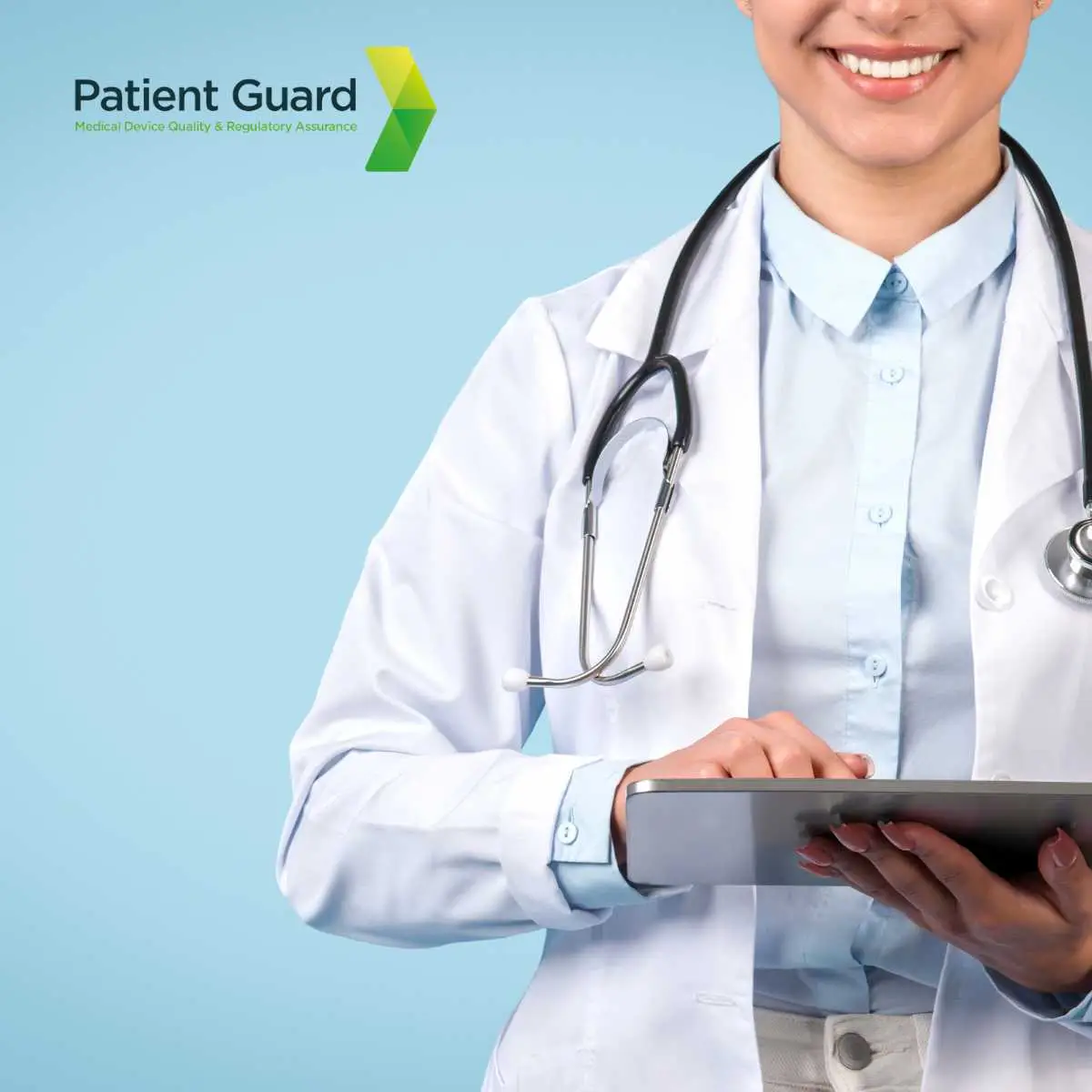
Key Features of SaMD:
- Independent Functionality: SaMD operates without reliance on specific hardware.
- Regulated as a Medical Device: It must meet medical device regulatory standards if it fulfills a medical purpose.
- Rapid Updates: SaMD often undergoes frequent updates, requiring agile compliance strategies.
Regulatory Considerations for SaMD
Navigating the regulatory environment is one of the biggest challenges for SaMD manufacturers. In regions such as the European Union (EU) and the United Kingdom (UK), stringent frameworks exist to ensure patient safety and product efficacy.
SaMD Under the EU MDR
The European Medical Device Regulation (MDR) governs SaMD within the EU. Here’s what developers need to know:
- Definition of a Medical Device: SaMD must meet the EU MDR’s definition of a medical device to qualify as such.
- Classification Rules: SaMD classification depends on the intended purpose, risks, and user environment, ranging from Class I (low risk) to Class III (high risk).
- Essential Requirements: SaMD must meet General Safety and Performance Requirements (GSPRs), including data security and usability standards.
SaMD under UK Regulations
Post-Brexit, the UK operates under its own Medical Devices Regulations 2002, aligned with EU frameworks but subject to divergence. Manufacturers placing SaMD in the UK market should ensure compliance with the following:
- UKCA Marking: Required for SaMD marketed in Great Britain.
- Risk Management: Demonstrate compliance with ISO 14971 to address risks throughout the lifecycle.
- Cybersecurity Standards: The UK emphasizes robust cybersecurity for digital health solutions.
Challenges in SaMD Development
Developing SaMD comes with unique challenges, including:
- Data Privacy: Ensuring compliance with GDPR in the EU or equivalent standards globally.
- Interoperability: Making SaMD compatible with various healthcare systems.
- Frequent Updates: Balancing innovation with regulatory compliance when releasing updates.
- User-Centric Design: Ensuring usability for patients and healthcare professionals.
Best Practices for SaMD Compliance
To streamline the development and approval process, SaMD manufacturers should consider:
- Implementing ISO 13485: A quality management system tailored for medical devices.
- Early Risk Assessments: Using ISO 14971 to identify and mitigate potential risks.
- Continuous Monitoring: Employing Post-Market Surveillance (PMS) systems to gather real-world data and improve performance.
- Clear Documentation: Maintaining comprehensive Technical Files to demonstrate compliance.
The Future of SaMD
The SaMD market is poised for exponential growth, driven by advances in artificial intelligence, machine learning, and big data. These technologies enable more accurate diagnostics, personalized treatments, and predictive analytics, revolutionizing patient care.
However, as technology evolves, so will regulatory expectations. Manufacturers must stay ahead by:
- Keeping abreast of evolving standards, such as the EU AI Act.
- Investing in scalable compliance frameworks to accommodate future innovations.
- Collaborating with regulatory consultants to navigate complex requirements.
How Patient Guard Can Help
At Patient Guard, we specialize in guiding SaMD developers through the intricacies of EU MDR, UK regulations, and global compliance standards. With a proven track record of supporting over 500 clients, we offer:
- Expert regulatory consulting for SaMD classification and compliance.
- Assistance with CE marking, UKCA marking, and technical documentation.
- Comprehensive risk management support aligned with ISO 14971.
Whether you’re developing a new SaMD or optimizing an existing product, our team ensures your innovation reaches the market safely and efficiently.
Summary
SaMD represents the future of healthcare, offering transformative solutions to age-old challenges. However, success in this space requires not only technical innovation but also unwavering compliance with regulatory frameworks. By partnering with Patient Guard, you can confidently navigate the digital frontier and unlock the full potential of your SaMD.
Contact us today to learn how we can help you with regulatory compliance.
FAQs
Software qualifies as a medical device under EU MDR if it is intended to diagnose, prevent, monitor, or treat a medical condition without requiring integration with a physical device. Its classification depends on the risk level and intended purpose.
SaMD requires updates whenever there are changes in regulatory requirements, security vulnerabilities, or significant software modifications. Post-Market Surveillance (PMS) systems should be used to monitor performance and ensure ongoing compliance.
Yes, SaMD can use artificial intelligence. However, AI-powered SaMD must comply with both medical device regulations and emerging standards like the EU AI Act. Risk management, transparency, and performance validation are critical for compliance.
Cybersecurity for SaMD involves implementing measures to protect patient data and prevent unauthorized access. Compliance with standards like ISO/IEC 27001 and adhering to region-specific requirements, such as the EU MDR’s emphasis on data security, are key. Regular vulnerability assessments and software updates are essential to mitigate risks.
Resources
- Medical Device Clinical Evaluation
- Understanding IEC 62304: A Guide to Medical Device Software
- Is Your Product a Medical Device?
- CE Marking Medical Devices
- How to Structure a Medical Device Technical File
- Software and artificial intelligence (AI) as a medical device
- Guidance: Medical device stand-alone software including apps (including IVDMDs)
